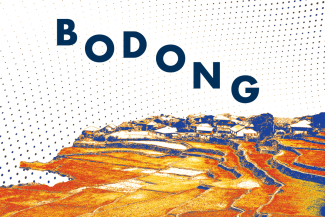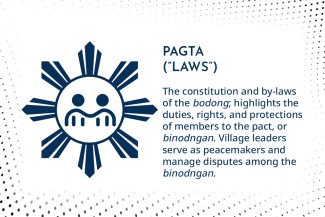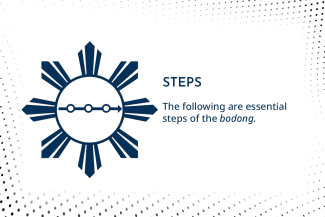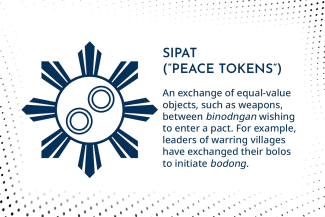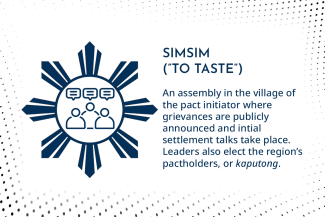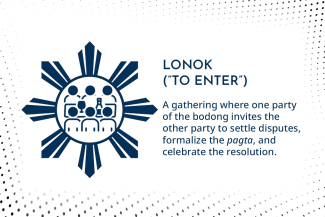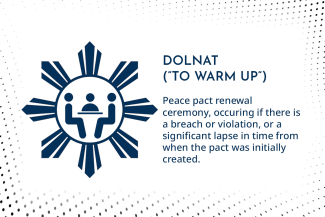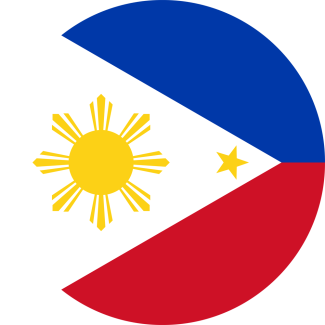
The Philippines is an archipelago in the South China Sea made up of over 7,000 islands with a population of more than 100 million people. Its original inhabitants migrated from southeast China thousands of years ago. There are now over 100 ethno-linguistic groups and distinct dialects and languages spoken throughout the country. Before Spanish arrival in the 15th century, no unified “Filipino” governmental structures existed. Inhabitants belonged to local communities who traded with one another but were not unified under one ruler. Spanish explorer Ferdinand Magellan landed in the Philippines in 1521. The Spanish named the newly “discovered” land the Philippines, after King Felipe II. The Spanish subsequently colonized the territory for over 250 years. During colonization, the Spanish introduced Catholicism to the country. Currently, over 78% of Filipinos practice Roman Catholicism. Other non-Catholic Christian groups make up a smaller percentage of the population. Muslims are the largest religious minority with 6.4% of the population.
After the Spanish-American War in the late 1800s, the United States occupied the country until the 1940s. The US then relinquished control and worked with Filipinos to create a framework for an independent Philippine government. Both Spanish and American occupation greatly influenced the creation of the current Filipino legal system and government.
Spanish Influence
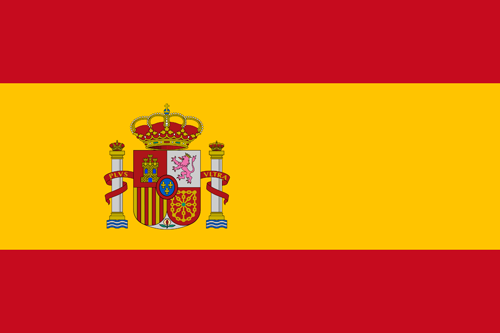 Before Spanish occupation, there were no national laws or formal legal institutions governing the indigenous communities of the Philippines. The Spanish introduced both: a series of codes and audiencias (royal courts). This colonial influence persists, with some deeming the Civil Code of the Philippines (1949) an English version of the Codigo Civil (1889).
Before Spanish occupation, there were no national laws or formal legal institutions governing the indigenous communities of the Philippines. The Spanish introduced both: a series of codes and audiencias (royal courts). This colonial influence persists, with some deeming the Civil Code of the Philippines (1949) an English version of the Codigo Civil (1889).
American Influence
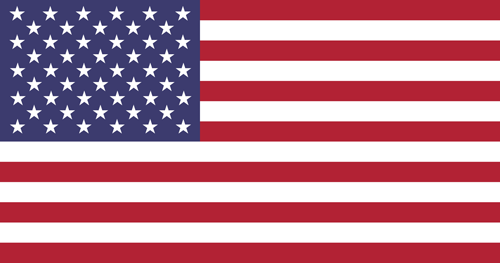 Spain ceded the Philippine Islands to the U.S. after the Spanish-American War in 1898. The U.S. occupation influenced the development of the mixed Philippine legal system, relying on existing Spanish institutions and introducing common law practices and American-style courts. For example, in 1899, U.S. authorities reformed the Audiencia in Manila—an institution that served as the country’s highest court with additional non-judicial functions—and appointed Filipinos and Americans to serve as judges. In 1901, the Audiencia in Manila was replaced with the Supreme Court of the Philippines, an entity limited to primarily judicial functions.
Spain ceded the Philippine Islands to the U.S. after the Spanish-American War in 1898. The U.S. occupation influenced the development of the mixed Philippine legal system, relying on existing Spanish institutions and introducing common law practices and American-style courts. For example, in 1899, U.S. authorities reformed the Audiencia in Manila—an institution that served as the country’s highest court with additional non-judicial functions—and appointed Filipinos and Americans to serve as judges. In 1901, the Audiencia in Manila was replaced with the Supreme Court of the Philippines, an entity limited to primarily judicial functions.
American officials were responsible for judicial selection, and the Supreme Court of the United States was given appellate jurisdiction over Philippine Supreme Court cases involving U.S. interests and implicating Philippine constitutional law.
Examples of U.S. Influence Over Philippine Law
Criminal Procedure in the Philippines —The U.S. introduced new rules of criminal procedure including habeas corpus, the right to counsel in criminal cases, plea bargaining, and bail.
The Philippine Bill of Rights —The drafters of the 1935 Philippine Constitution—esteemed Filipino politicians, educators, jurists, etc.—incorporated a U.S.-style Bill of Rights into Philippine organic law, pursuant to The Philippine Independence Act of 1934.
Sources of Law
The Philippines has a mixed legal system that includes elements of civil, common, customary, and Islamic law. The main sources of law are statues, jurisprudence, and international treaties. It has a four-tiered court with multiple specialized courts.
Supreme Court
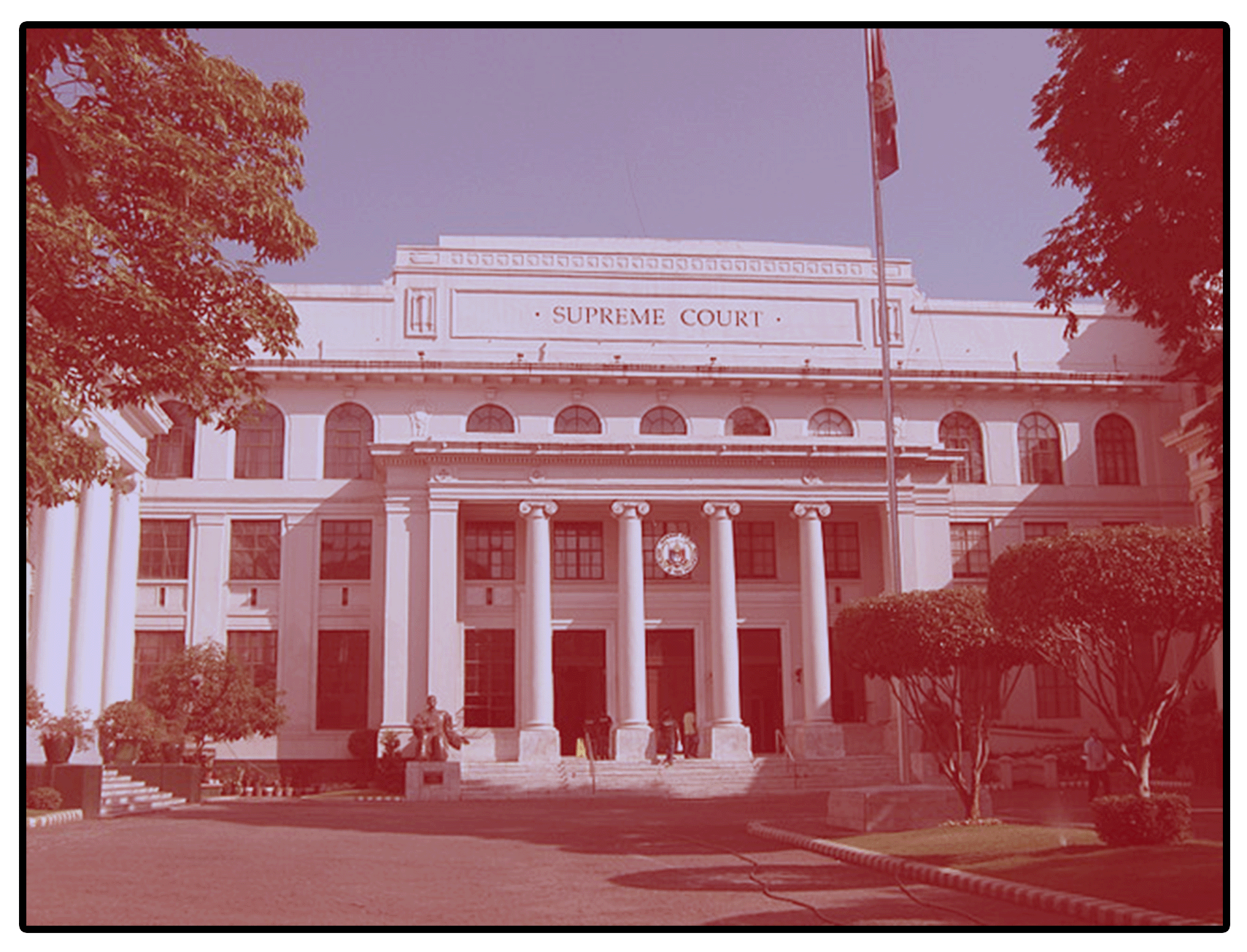 The Supreme Court is the country’s highest judicial authority. It has original and appellate jurisdiction. Its original jurisdiction includes cases involving ambassadors and public ministers, petitions for certiorari, mandamus, and habeas corpus, as well as writs of amparo and kalikasan (the protection of one’s right to a healthy environment). The Court is the final court of appeal for lower court judgments including those involving constitutional and jurisdictional issues and criminal cases imposing the most severe penalties.
The Supreme Court is the country’s highest judicial authority. It has original and appellate jurisdiction. Its original jurisdiction includes cases involving ambassadors and public ministers, petitions for certiorari, mandamus, and habeas corpus, as well as writs of amparo and kalikasan (the protection of one’s right to a healthy environment). The Court is the final court of appeal for lower court judgments including those involving constitutional and jurisdictional issues and criminal cases imposing the most severe penalties.
The Supreme Court includes the Chief Justice and 14 Associate Justices. Justices are appointed by the President upon the recommendation of the Judicial and Bar Council, an entity under the jurisdiction of the Supreme Court that was created to facilitate the judicial appointment process. The Chief Justice serves as ex officio member of the Council; its members include the Secretary of Justice, and one representative of Congress, the Bar, academia, the private sector, and a retired Supreme Court Justice. The Council sends the President three nominees for each Court vacancy. Nominees must be citizens born in the Philippines, at least 40 years old, with 15 years of experience as a judge or lawyer. Justices serve until the mandatory retirement age of 70.
Justices sit en banc or, at its discretion, in panels of 3, 5, or 7 members.

The Supreme Court is the country’s highest judicial authority. It has original and appellate jurisdiction. Its original jurisdiction includes cases involving ambassadors and public ministers, petitions for certiorari, mandamus, and habeas corpus, as well as writs of amparo and kalikasan (the protection of one’s right to a healthy environment). The Court is the final court of appeal for lower court judgments including those involving constitutional and jurisdictional issues and criminal cases imposing the most severe penalties.
The Supreme Court includes the Chief Justice and 14 Associate Justices. Justices are appointed by the President upon the recommendation of the Judicial and Bar Council, an entity under the jurisdiction of the Supreme Court that was created to facilitate the judicial appointment process. The Chief Justice serves as ex officio member of the Council; its members include the Secretary of Justice, and one representative of Congress, the Bar, academia, the private sector, and a retired Supreme Court Justice. The Council sends the President three nominees for each Court vacancy. Nominees must be citizens born in the Philippines, at least 40 years old, with 15 years of experience as a judge or lawyer. Justices serve until the mandatory retirement age of 70.
Justices sit en banc or, at its discretion, in panels of 3, 5, or 7 members.
Court of Appeals
The Court of Appeals has 68 Associate Justices and one Presiding Justice, all of whom must meet the same criteria as Supreme Court Justices and are appointed by the President upon the recommendation of the Judicial and Bar Council. The Court has appellate jurisdiction over all cases not within the original jurisdiction of the Supreme Court and original jurisdiction over certain writs and actions for the annulment of Regional Trial Court judgments. The Court of Appeals has authority to try cases, conduct hearings, and receive evidence when necessary to resolve factual issues that arise in any of its cases. It also may grant and conduct new trials when it deems appropriate.
The Court is located in Manila and hears cases in panels of three. It sits en banc only for administrative and ceremonial matters.
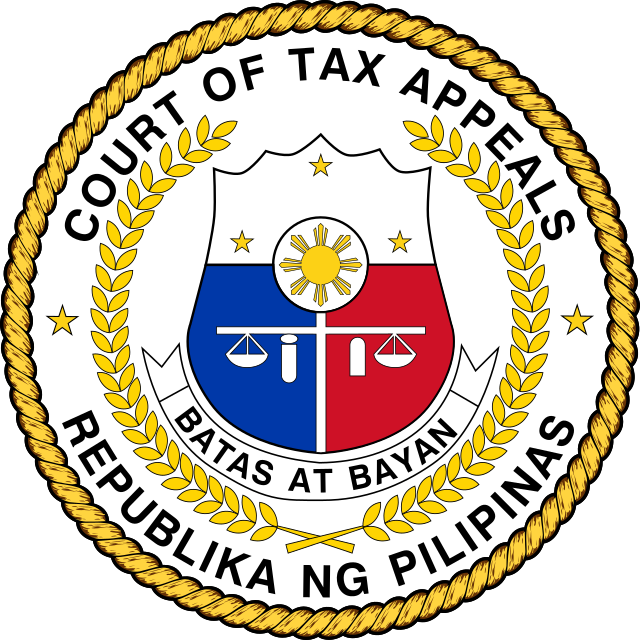
Court of Tax Appeals
The Court of Tax Appeals was created in 1954 and reviews lower court judgments in tax cases. The Court has 9 Justices, including the Presiding Justice, divided between three divisions. The Court sits en banc to hear appeals against a judgment of one of its divisions. The Court’s judgments can be appealed to the Supreme Court.
Lower Courts
Regional Trial Courts
The thirteen Regional Trial Courts (RTC) are the second-tier courts of the Philippines. Serve as first instance courts in civil cases involving large amounts of money and serious criminal cases. The Supreme Court may assign a RTC special jurisdiction over specific issues such as insolvency cases and probate proceedings. The RTCs hear appeals from cases first heard by the Municipal Trial Courts.
First Instance Trial Courts
Metropolitan Trial Courts, Municipal Trial Courts, and Municipal Circuit Trial Courts have first instance jurisdiction over minor civil and criminal matters. Their official name varies depending on their location.
Judicial Selection and Tenure
Lower court judges are appointed by the President from a list provided by the Judicial and Bar Council. Three names are provided for each vacancy. Candidates must be citizens born in the Philippines with high moral integrity. First instance judges must be at least 30 years old with five years of legal experience and Regional Trial Court judges must be at least 35 years old with ten years of legal experience. Judges serve until the mandatory retirement age of 70.
Customary Law in the Philippines
Almost twenty percent of the Philippine population is indigenous, including more than 100 etho-linguisitic groups with different languages, customs, and customary law regimes. Indigenous people are expressly protected by the Philippine Constitution. The Indigenous Peoples’ Rights Act of 1997 affirmed the rights of indigenous peoples and their cultural communities, enshrining the international legal concept of “free, prior informed consent” with respect to cultural development and land rights.
“States shall consult and cooperate in good faith with the indigenous peoples concerned through their own representative institutions in order to obtain their free, prior and informed consent before adopting and implementing legislative or administrative measures that may affect them.”—Art. 19, U.N. Declaration on the Rights of Indigenous Peoples
Islamic Law in the Philippines
The Philippines is also home to ethno-linguistic Muslim groups called the Moro people, who inhabit Mindanao, Sulu, and Palawan.
Islam predates Christianity on the Philippine archipelago by 200 years. The Sultunate of Sulu—a powerful Muslim state established in the 15th century—outlasted Spanish colonialism until U.S. occupation and assimilation efforts led to its dissolution in the 1900s. Incorporation of Filipino Muslims into the greater Philippine Republic continued through the country’s independence. The Code of Muslim Personal Laws—a collection of Islamic Law regulating marriage, divorce, and inheritance—was enacted in 1977, and a Phillippine Shari’ah court system was established within the Philippine legal system.

The Bangsamoro Autonomous Region
Today, Muslim minority rights in the Philippines intersect with indigenous rights. There is a Muslim autonomous region, the Bangsamoro Autonomous Region in Muslim Mindanao (BARMM). The Bangsamoro Organic Law (2018) provides that justice within the region should be dispensed in accordance with the Philippine Constitution, Shari’ah, and customary law. Shari’ah specifically applies to all cases where both parties are Muslim, although it may apply in cases where a non-Muslim submits to the jurisdiction of a Shari’ah court. Non-Muslim indigenous peoples within the BARMM may abide by their traditional justice systems. In accordance with The Code of Muslim Personal Laws, which is applicable to the region, the President of the Philippines appoints judges to the Bangsamoro Shari’ah courts. The Philippine Supreme Court has jurisdiction over the Shari’ah High Court, promulgates its rules, and appoints and oversees Shari’ah court personnel.
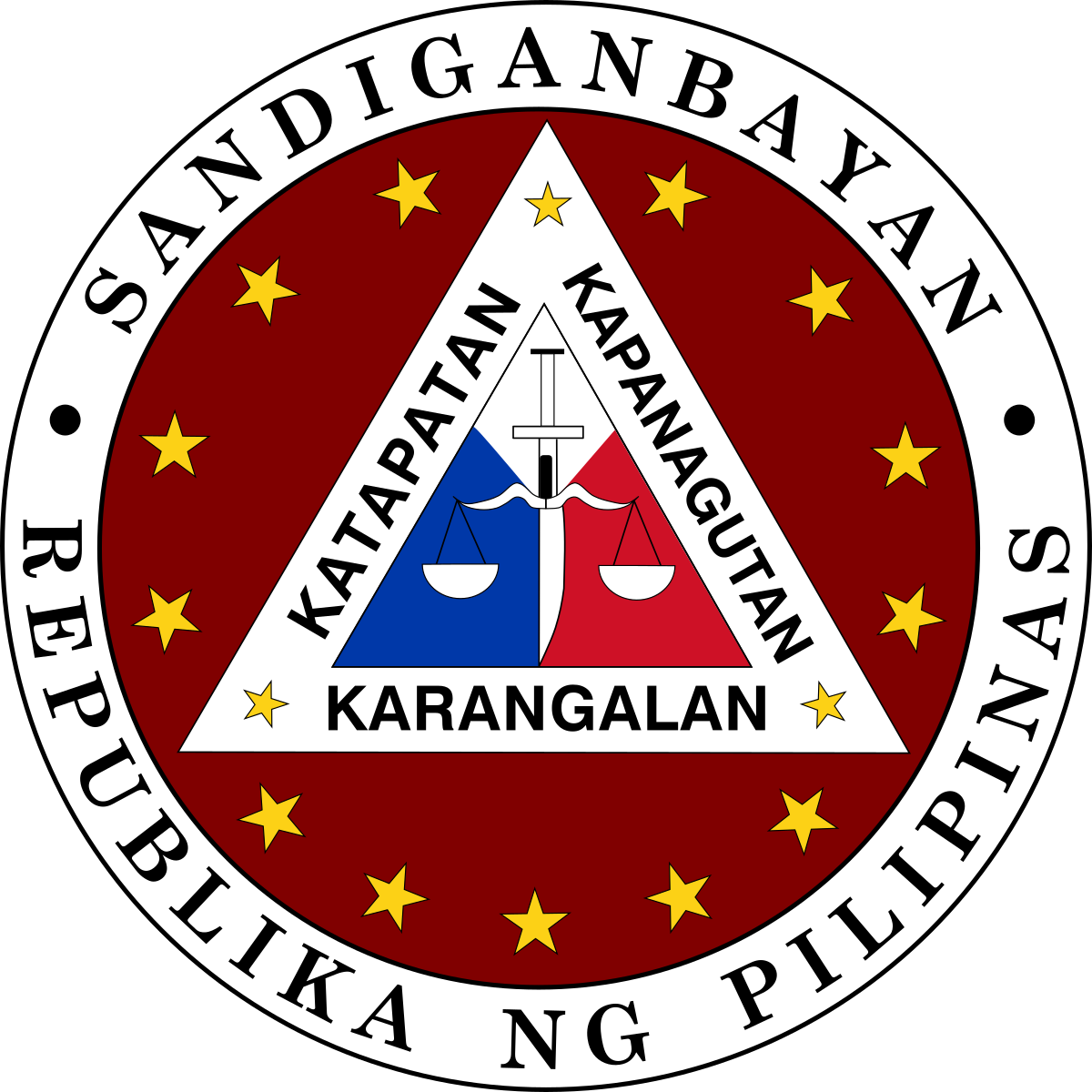
The Sandiganbayan
The Sandiganbayan (“People’s Advocate”) is a specialized court with jurisdiction over civil and criminal cases involving graft, corrupt practices, and related offenses committed by public servants and employees. It is the oldest anti-corruption court in the world. Established in the 1970s—an era of political crisis and martial law during the Marcos regime—the Sandiganbayan was originally conceived as an “ombudsman” with special investigatory and disciplining powers. Eventually, it was transformed into a specialized anti-graft court to which the Tanodbayan (Ombudsman of the Philippines) has exclusive authority to bring cases. High-profile decisions of the Sandiganbayan span numerous political controversies, including the the ill-gotten wealth of the Marcoses and the assassination of Senator Benigno Aquino, Jr.

